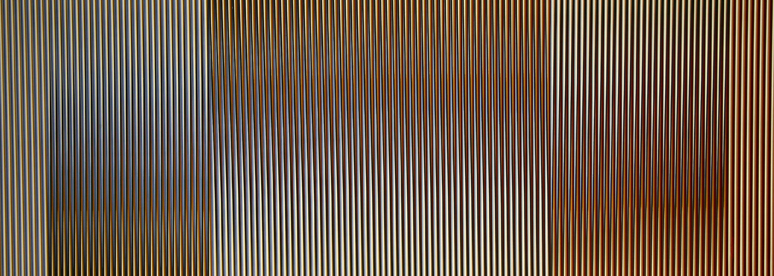FOR IMMEDIATE RELEASE:
February 18, 2015
CONTACT:
Greg Svitil | T: 202.370.0147
gsvitil@oas.org | AMAmuseum.org
AMA, already part of the Google Cultural Institute, brings part of its collection highlights to giga-pixel
Washington, DC: The Organization of American States AMA | Art Museum of the Americas is pleased to announce it has added 68 high resolution art works to the Google Cultural Institute, allowing the public to explore some of our paintings and works on paper online in the most lifelike resolution to date.
AMA’s collection is a touchstone in demonstrating its function as a critical branch of the OAS, promoting modern and contemporary art and culture of OAS member states. This collaboration with the Google Cultural Institute is part of an initiative led by AMA’s director, Andrés Navia, to internationally promote the museum’s permanent collection and its relevance to the history of modern and contemporary Latin America and Caribbean art.
The OAS, through its museum, has actively promoted artists from Latin America and the Caribbean that were part of international modernist styles such as Constructivism, Abstraction, Surrealism, Art Informel and Abstract Expressionism, among others. AMA’s permanent collection advances Latin American and Caribbean art, and houses important works by artists such as Uruguayan Joaquín Torres-García (b. 1874 - d. 1949), Chilean Roberto Matta (b. 1911 - d. 2002), Colombian Alejandro Obregon ( b.1920 - d. 1992 ), Brazilian Antonio Henrique Amaral (b. 1935), and Venezuelan Hector Poleo (b.1918 - d. 1989) between others which were actually selected to be part of the Giga-Pixel of the Google Cultural Institute. The resolution of these images, combined with a custom built zoom viewer, allows the public to discover minute aspects of paintings they may never have seen up close before.
In addition to launching the Giga-Pixel images, the Google Cultural Institute also includes the Street View feature, where people can move around AMA’s galleries virtually, selecting works of art that interest them and clicking to discover more or diving into the high resolution images, where available. A specially designed Street View ‘trolley’ took 360 degree images of the interior of selected galleries which were then stitched together, enabling smooth navigation of over 385 rooms within the museums. The gallery interiors can also be explored directly from within Street View in Google Maps.
Visitors to the Google Cultural Institute can browse works by the artist’s name, the artwork, the type of art, the museum, the country, collections and the time period. Google+ and video hangouts are integrated on the site, allowing viewers to invite their friends to view and discuss their favorite works in a video chat or follow a guided tour from an expert to gain an appreciation of a particular topic or art collection.
The ‘My Gallery’ feature allows users to save specific views of any of artworks and build their own personalized gallery. Comments can be added to each painting and the whole gallery can then be shared with friends and family. It’s an ideal tool for students or groups to work on collaborative projects or collections. In addition, a feature called ‘Compare’ allows you to examine two pieces of artwork side-by-side to look at how an artist’s style evolved over time, connect trends across cultures or delve deeply into two parts of the same work.
The Google Cultural Institute which is dedicated to creating technology that helps members of the cultural community such as AMA to bring their art, archives, heritage sites and other material online. The aim is to increase the range and volume of material from the cultural world that is available for people to explore online and in doing so, democratize access to it and preserve it for future generations.

